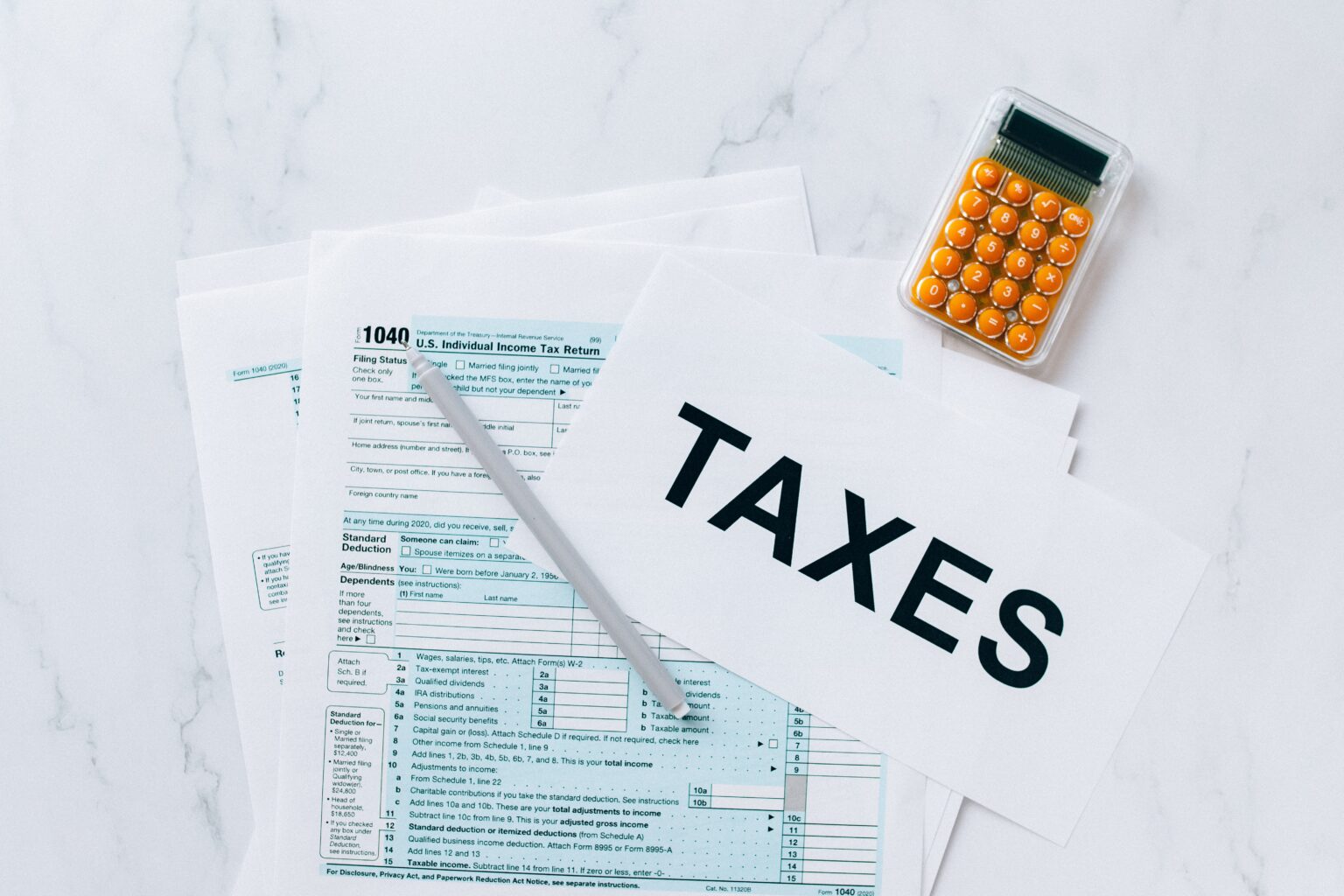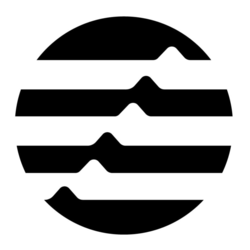
When it comes to outdoor advertising, one of the most impactful tools available is the banner. Whether you’re promoting a new product, announcing a special event, or simply looking to increase brand visibility, banners remain a popular choice. However, with so many sizes and types of banners available, it can be challenging to know which one will make the biggest impact in Melbourne’s bustling urban environment. The key lies in selecting the correct banner size for your specific needs and location.
In this article, we’ll guide you through the process of choosing the ideal banner size to ensure maximum visibility and engagement. From understanding standard dimensions to considering placement and design, this guide will help you make informed decisions for your business.
Understanding Banner Sizes: Standard and Custom Options
Standard Banner Sizes
There are a variety of banner sizes commonly used for advertising purposes. These sizes have become standard because they strike the right balance between visibility, cost, and space management.
- Small Banners (2′ x 4′ to 3′ x 6′)
- Best for: Local businesses, storefronts, small events, or promotional signage.
- Advantages: Affordable and versatile, these small banners can fit in tight spaces while still offering a clear message. They are perfect for close-range visibility and can be placed in windows, on walls, or inside stores.
- Medium Banners (4′ x 8′ to 6′ x 12′)
- Best for: Outdoor advertising in high-traffic areas, events, or trade shows.
- Advantages: These banners offer a perfect balance between visibility and manageability. Their larger size allows your message to stand out, especially in urban environments like Melbourne’s busy streets.
- Large Banners (8′ x 20′ and larger)
- Best for: Major events, billboards, or expansive outdoor spaces such as festivals, parades, or large retail store promotions.
- Advantages: Large banners are perfect for capturing attention from far away. Their size ensures maximum visibility, making them ideal for high-traffic locations where a larger-than-life presence is needed.
Custom Banner Sizes
While standard banner sizes are great, there are times when a custom size is necessary. These sizes can be tailored to specific spaces, ensuring that the banner fits perfectly and makes the desired impact. Custom banners are particularly useful for unique events or installations where space constraints demand specific dimensions.
For instance, a custom-sized banner may be ideal for a narrow alleyway, the side of a building, or a vertical display in a mall. When choosing a custom size, it’s important to consider the space available and the message you want to communicate.
Factors to Consider When Choosing the Right Banner Size
1. Location and Space
The first factor to consider when selecting a banner size is its location. Is your banner going to be placed indoors or outdoors? Indoor banners typically don’t need to be as large as those designed for outdoor visibility. Outdoor banners should be large enough to attract attention from a distance, particularly in high-traffic areas like Melbourne’s city streets or event venues.
- High-Traffic Areas (e.g., highways, busy streets): Larger banners (6’ x 12’ or 8’ x 20’) are more effective in these environments as they can be seen from a distance.
- Smaller Spaces (e.g., shop windows, event booths): A smaller banner (2’ x 4’ or 4’ x 8’) is ideal for showcasing promotions or details in these environments.
2. Purpose of the Banner
The purpose of your banner will also impact the size you choose. Are you promoting a limited-time sale, guiding event attendees, or simply displaying your brand’s logo? Understanding the purpose of the banner will help determine whether you need a banner printing in Melbourne that is large enough to make an immediate impact or a more subtle design that provides key information in a focused space.
- Promotional Banners: Typically require medium to large banners to grab attention and showcase sales, discounts, or new products.
- Directional Banners: Smaller, easily readable banners are often used at events or for outdoor signage directing people to a location.
- Informational Banners: If the goal is to provide clear, concise information, a medium to large banner may be best depending on how much text or imagery needs to be displayed.
3. Visibility and Readability
Banner size and readability go hand-in-hand. If the banner is too small, the message may not be visible from a distance, particularly in a crowded or busy space. On the other hand, if the banner is too large for the space, it may overwhelm passersby or obscure other important signage.
- Consider Font Size and Message Length: A banner’s size should be large enough to accommodate the necessary text without overcrowding. Additionally, a larger banner allows for bigger fonts, making it easier to read from afar.
- Color Contrast: Ensure that the text stands out against the background. High-contrast color schemes like black on yellow or white on red make a banner more readable from a distance.
How to Maximize Impact with the Right Banner Size
Strategic Placement of Banners
The placement of your banner plays a crucial role in its effectiveness. Ensure that the size you choose fits the location where it will be displayed. Large banners may be best suited for high-traffic areas like Melbourne’s CBD, while smaller banners might be better for areas with a more intimate or local audience.
- Street-Level Advertising: Large banners are perfect for making an impression in busy areas like Melbourne’s Bourke Street Mall. They can be seen from multiple directions, ensuring maximum exposure.
- Indoor Events: Smaller banners or posters work well when placed in high-traffic indoor spaces like shopping malls or convention centers.
Design Considerations
Your banner’s design should complement its size. Larger banners allow for bolder fonts and imagery, while smaller banners should focus on a more streamlined message with fewer words. Regardless of the size, the design should be simple, direct, and aligned with your brand identity.
- Large Banners: Make sure your design is simple and easy to read, with large images or fonts.
- Small Banners: Keep the message concise and ensure that any graphics or logos are easily visible from a distance.
Common Mistakes to Avoid When Choosing a Banner Size
1. Oversized Banners
While a larger banner may seem like a good idea for maximum visibility, an oversized banner can sometimes overwhelm a space. In certain locations, a banner that is too large can obstruct other important signs or create visual clutter. Make sure the banner size complements the space and doesn’t detract from the message.
2. Undersized Banners
On the other hand, choosing a banner that is too small can result in it not being noticed at all, especially in a busy urban environment like Melbourne. Be sure to select a size that stands out without being intrusive.
3. Not Considering the Environment
Melbourne’s weather can be unpredictable, and banners exposed to the elements need to be made from durable materials. Make sure the material is weather-resistant, especially if your banner is going to be displayed outdoors for an extended period.
Conclusion: Finding the Right Banner Size for Your Melbourne Business
Choosing the right banner size is essential for making a strong visual impact in Melbourne. The perfect banner size depends on factors such as location, purpose, visibility, and design considerations. Whether you’re using a small banner to promote a local business or a large banner for a citywide event, the right size can help ensure that your message reaches your audience effectively.
By considering all the factors discussed in this article, you’ll be better equipped to choose the banner size that maximizes your marketing efforts and boosts your visibility in one of Australia’s busiest cities.
FAQs
1. How do I choose the right banner size for my business in Melbourne?
- Answer: Consider your location (indoor/outdoor), space constraints, and purpose. Larger banners are ideal for high-traffic areas, while smaller banners are perfect for local or focused engagement.
2. What is the most effective size for outdoor banners in Melbourne?
- Answer: For high-visibility outdoor locations, banners ranging from 4’ x 8’ to 8’ x 20’ are ideal for catching attention from a distance.
3. Are smaller banners effective for Melbourne’s street-level advertising?
- Answer: Yes, smaller banners can be effective in local, indoor, or specific event settings. However, they should be placed at eye level to maximize visibility.
4. Can I use a banner of any size at events in Melbourne?
- Answer: Event banners should align with the venue’s guidelines, but larger banners are typically better for outdoor or large-scale events, while smaller ones are suited for trade shows or booths.
5. What materials should I use for Melbourne outdoor banners?
- Answer: Use durable, weather-resistant materials such as vinyl or mesh for outdoor banners, as Melbourne’s weather can be unpredictable.
6. How can I ensure my banner stands out in Melbourne’s crowded cityscape?
- Answer: Opt for high-contrast colors, bold fonts, and clear, concise messaging. Ensure that your banner is sized appropriately for the location to maximize impact.




















